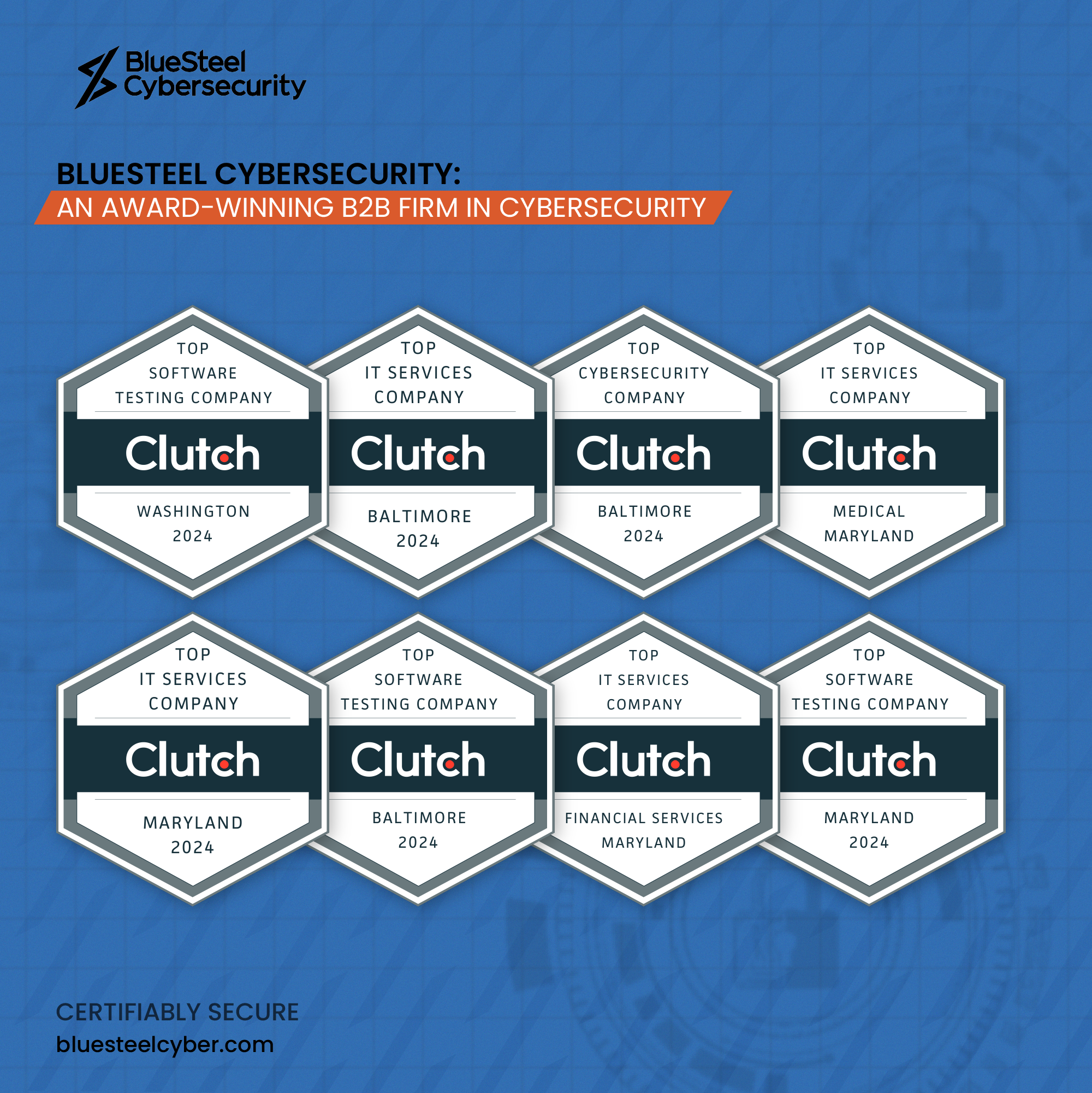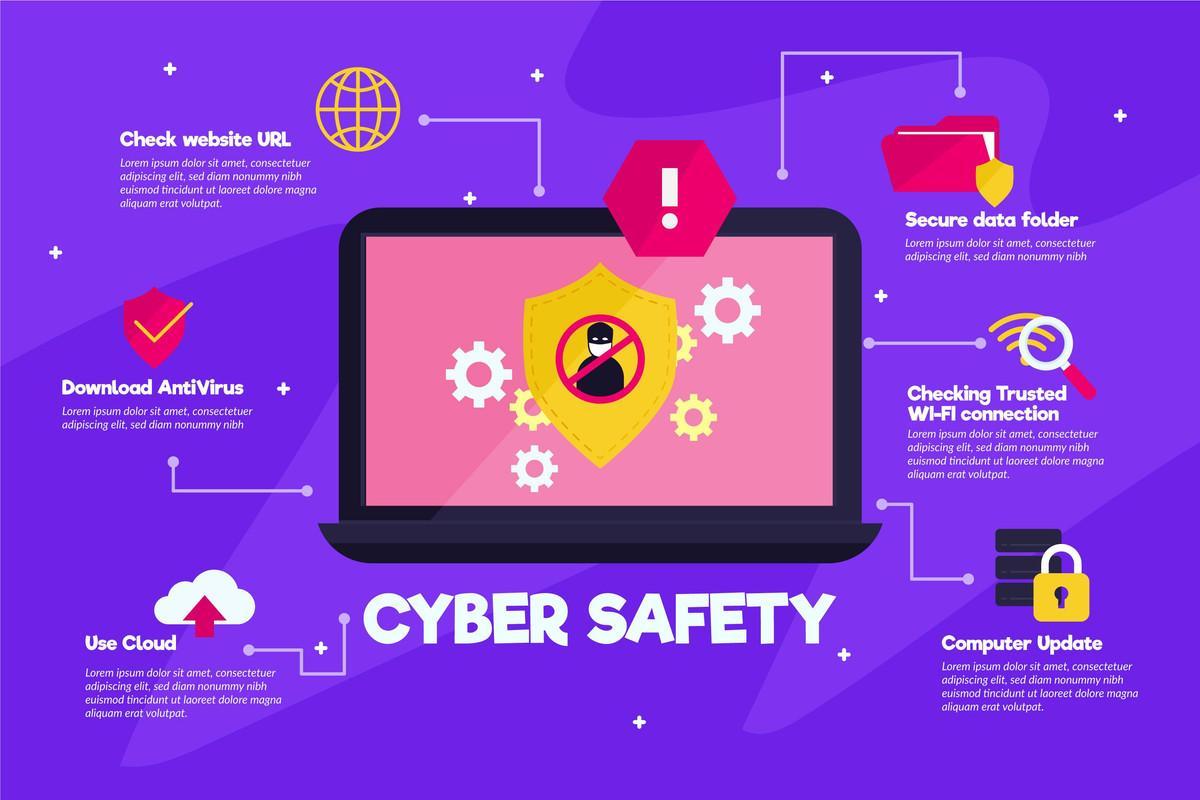In the perpetual game of cat and mouse that unfolds in the vast landscape of cybersecurity training, many organizations find themselves ensnared in a paradox; despite significant investments in training and robust security protocols, the ever-evolving cyber threats persistently find a way through, often enabled by inadvertent human actions.
The human factor, in its intrinsic vulnerability, continues to be the Achilles’ heel in an otherwise fortified digital realm. But, what if the solution isn’t found in more advanced technology or stricter protocols, but rather in a radical re-imagination of cybersecurity training?
Join us as we navigate through unconventional, and perhaps slightly controversial territories, exploring innovative methodologies that break the mold in cybersecurity training, straying far from the beaten path of conventional wisdom.
Traditional Cybersecurity Training: A Stalwart or a Stumbling Block?
Envision a standard cybersecurity training module: password protocols, recognizing phishing scams, and perhaps an overview of the company’s security policies. While these conventional approaches have fortified our digital walls to an extent, the undeniable reality remains that the dam is cracking in unexpected places.
Standard training methods, often seen as mundane PowerPoint slides or predictable, checklist-style e-learning courses, can inadvertently foster a climate of complacency and passive engagement among employees. After all, when was the last time a quarterly mandatory cybersecurity briefing kindled your curiosity or compelled you to rethink your digital habits?
Moreover, the threats we face today have scaled not only in volume but in sophistication as well. Cyber adversaries are continually adapting, employing more insidious and nuanced tactics to exploit human error. Thus, the static nature of traditional training approaches leaves a chasm between knowledge and practical, adaptable defense mechanisms against ever-morphing threats.
An Unveiling: The Need for Revamped Cybersecurity Training Tactics
In the chaotic swirl of cyber threats, the stark reality that our security infrastructure can be dismantled by a single misguided click is not just unnerving; it’s a call to arms for a transformation in our approach to cybersecurity education. The imperative for innovation is not merely a reaction to more intelligent threats but a proactive stance to envision and preempt the potential loopholes of tomorrow.
It’s not just about identifying what a phishing email looks like; it’s about fostering a culture of skepticism and inquiry: Why have I received this email? What’s the motive behind this unexpected attachment?
The methods of yesteryear, constructed around policy dissemination and generic threat avoidance strategies, find themselves gasping in the wake of advanced, multi-faceted cyber-attacks. We are not just battling against threats; we are in a tussle against complacency, and routine – the silent accomplices of cyber-adversaries.
Herein lies the pressing question: how do we transcend the mundane, predictable patterns of conventional training and foster a culture that is perpetually alert, intuitively skeptical, and dynamically adaptive to the evolving cyber threat landscape?
Innovative Approaches to Cybersecurity Training
Amidst the chaos of the cyber realm, innovation becomes our steadfast ally, challenging the rote, predictable patterns of traditional training and embarking upon unconventional pathways that don’t just instruct but enthrall and engage.
Storytelling: An Ancient Tool for a Modern Dilemma
Embedding cybersecurity training within the compelling confines of storytelling can unfurl new dimensions of understanding and retention. Imagine a module where the employee isn’t merely a passive recipient of information but an active participant in a narrative, navigating through the treacherous waters of cyber threats, making real-time decisions, and witnessing their consequences unfold.
This isn’t about points scored or levels achieved; it’s about immersing oneself in a digital journey, witnessing firsthand the ramifications of each click, and harboring a genuine understanding of each individual’s pivotal role in safeguarding the digital fortress.
A Push towards Prudent Paranoia: Employing Behavioral Science
Incorporating principles of behavioral science, training programs can steer away from pure informational transmission towards molding a mindset, a subtle yet constant ‘nudge’ towards prudent digital paranoia. This isn’t about fostering fear but fostering a consistent, healthy skepticism.
It involves dissecting the psychological tricks employed by cybercriminals and embedding these learnings into our digital habits. How does a seemingly benign email become a vessel of chaos, and how can an intuitive pause, a moment of reflection, become our most potent shield?
Mixed Media as a Catalyst for Engaging Learning
Where a page of text may blur into monotony, a comic strip or a simulation might ignite engagement and curiosity. The incorporation of varied media formats doesn’t merely serve as a cosmetic enhancement but speaks to our diverse cognitive landscapes, catering to varied learning styles, and ensuring that the message seeps through the digital nooks and crannies of our collective consciousness.
Motivation through Rewards: A Foray into Incentive-Driven Learning
In a landscape where attention is perpetually besieged by a myriad of digital distractions, how do we ensure that cybersecurity training doesn’t merely flicker briefly in the corporate peripheral vision but embeds itself as a core focal point?
The answer may lie in intertwining training with a tapestry of rewards and recognition’s. An ecosystem where cybersecurity vigilance isn’t just mandated but celebrated, recognized, and rewarded, instilling a sense of pride and ownership among employees and intertwining cybersecurity awareness with the cultural DNA of the organization.
Envisioning a Culture of Cybersecurity: Building a Proactive and Engaged Workforce
Empowering an organization to internalize cybersecurity not as a fragmented component, but as an intrinsic, reflexive element of its cultural fabric demands more than strategic interventions. It involves a nuanced blend of attitudinal shifts, cultural revamping, and a relentless pursuit of engaging and relevant training experiences.
Cultivating an ethos where every member is a vigilant gatekeeper, adept at identifying, understanding, and responding to threats effectively, requires a departure from purely compliance-based models towards a paradigm of genuine engagement and proactive behavior.
Understanding Employees: The First Line of Defense
To foster a robust cybersecurity culture, delving into the psychological and emotional frameworks of employees becomes paramount. Why? Because understanding the motivations, apprehensions, and possible friction points of employees towards cybersecurity practices can unravel key insights into developing an adept training methodology that resonates and sticks.
Realizing that employees can either be the weakest link or the first line of defense in cybersecurity, organizations must create avenues that resonate with their varied learning preferences, emotive responses, and professional patterns. A training module that appeals to the intellectual and emotional cognizance of an employee, through relevance and relatability, can anchor cybersecurity practices deep within their daily digital interactions, ensuring sustained and effective vigilance.
A Culture that Celebrates Cybersecurity Vigilance
While understanding the “what” and “how” of cybersecurity threats is vital, inculcating a deep-seated “why” can propel employees from mere compliance to genuine advocacy and proactive engagement in cybersecurity practices. This entails creating a cultural narrative where cybersecurity vigilance is not a periodic checkbox but is celebrated, recognized, and embedded into the organizational ethos.
Crafting campaigns, forums, and platforms that spotlight cybersecurity champions, share narratives of thwarted attacks owing to employee vigilance, and openly discuss the catastrophic impact of breaches, can serve to solidify the collective ownership of cybersecurity practices among the workforce. When employees perceive their role in cybersecurity as pivotal and impactful, they evolve from passive adherents to proactive advocates, safeguarding not just data, but preserving organizational sanctity and customer trust.
Building a Future-Ready Cybersecurity Culture
The digital landscape is ever-mutating, with threats morphing into newer, subtler, and more insidious versions, and therefore, cybersecurity training cannot be static or episodic. The future-readiness of an organization’s cybersecurity culture hinges on its ability to continuously evolve, learn from the breaches and near-misses, and perpetually refine its training methodologies to stay ahead of potential threats.
This involves the institutionalization of a learning mechanism that continuously feeds insights from the global and organizational cybersecurity landscapes into the training modules, ensuring that they are perpetually relevant, engaging, and adept at equipping employees to combat the threats of tomorrow. The goal is to shape a workforce that is not just current but is anticipatory of future threats, fortified by a training methodology that is as dynamic, nuanced, and adaptable as the threats it seeks to thwart.
In this perpetual evolution towards crafting a robust cybersecurity culture, the goal is clear: transitioning from a state of periodic awareness and reactive compliance to a sustained, intrinsic, and proactive state of cybersecurity vigilance. It is in this shift that organizations will not just protect data, but will safeguard trust, preserve reputation, and most importantly, anchor themselves firmly in the digital future that awaits.
Embarking on the Cybersecurity Journey: A Collective Endeavor
Crafting a cybersecurity culture that’s both tenacious and adaptive necessitates viewing it not as a linear journey but a continual, iterative process, where every instance of threat, vulnerability, and breach becomes a moment of learning, adaptation, and fortification. It’s a collective endeavor where every stakeholder, from the newest recruit to the highest executive, converges into a unified front, standing guard against the unseen and often unpredictable cyber adversaries that lurk in the sprawling digital expanse.
Involving Leadership: Steering the Cybersecurity Ship
The efficacy of a cybersecurity culture is often mirrored in the actions and attitudes of its leadership. When leaders exemplify a commitment to cybersecurity, it resonates through every echelon of the organization, signaling a unified, organizational stance where cybersecurity is non-negotiable and integral.
Leadership’s active participation in training modules, transparent communication about the importance of cybersecurity, and a clear demonstration of the practices preached, can cascade a powerful ripple of compliance and engagement through the organizational fabric.
Adapt, Evolve, and Persevere: The Sustained Commitment to Cybersecurity
In a realm where threats evolve, adapting and countering every defense mounted against them, the only potent weapon organizations have is their unwavering commitment to adaptability and learning.
This means cybersecurity training cannot be a one-off endeavor, but rather has to be a persistent, evolving entity. We must continuously learn from the past, anticipate the future, and equip employees with the knowledge and tools to navigate through the turbulent cyber seas.
From employing AI to simulate potential threat scenarios to utilizing data analytics to uncover patterns in breaches, the adaptation of technology in crafting and delivering cybersecurity training can augment an organization’s defense mechanisms, ensuring they are perpetually calibrated against the threats that loom in the digital shadows.
Nurturing a Cyber-Resilient Organization: The Final Frontier
As organizations traverse through the digital continuum, the final frontier is not just about thwarting threats but nurturing a cyber-resilient entity that can absorb, counter, and learn from every cyber onslaught it encounters. Cyber-resilience is not just about defense but recovery and adaptation, ensuring that in the aftermath of a breach, the organization can rebound with enhanced vigor and fortified defenses, turning every setback into a setup for a stronger cybersecurity posture.
Building a Cyber-Safe Future Together
In the confluence of technology and human ingenuity, organizations have the opportunity to craft a future where cybersecurity is not viewed through a lens of apprehension, but rather embraced as an integral, empowering, and collective endeavor. This journey, while fraught with challenges, also burgeons with opportunities to learn, adapt, and fortify, ensuring that every click, every data transfer, and every digital interaction is shielded by a robust, intuitive, and dynamic cybersecurity culture.
The departure from conventional cybersecurity training towards innovative, engaging, and adaptive methodologies does not just protect an organization; it propels it forward, ensuring that it can navigate through the digital realm with confidence, assurance, and a collective commitment towards safeguarding not just its data, but the trust and integrity that form the cornerstone of its existence.
Through collective vigilance, continuous learning, and a steadfast commitment to cybersecurity, organizations can sculpt a future where technology empowers, connects, and propels, unfettered by the shadows of cyber threats, ensuring a digital realm that’s as secure as it is boundless. The cybersecurity journey is not to be traversed alone but is a collective endeavor, where every stakeholder forms a bulwark against cyber threats, crafting a future that’s securely connected and assuredly protected.







